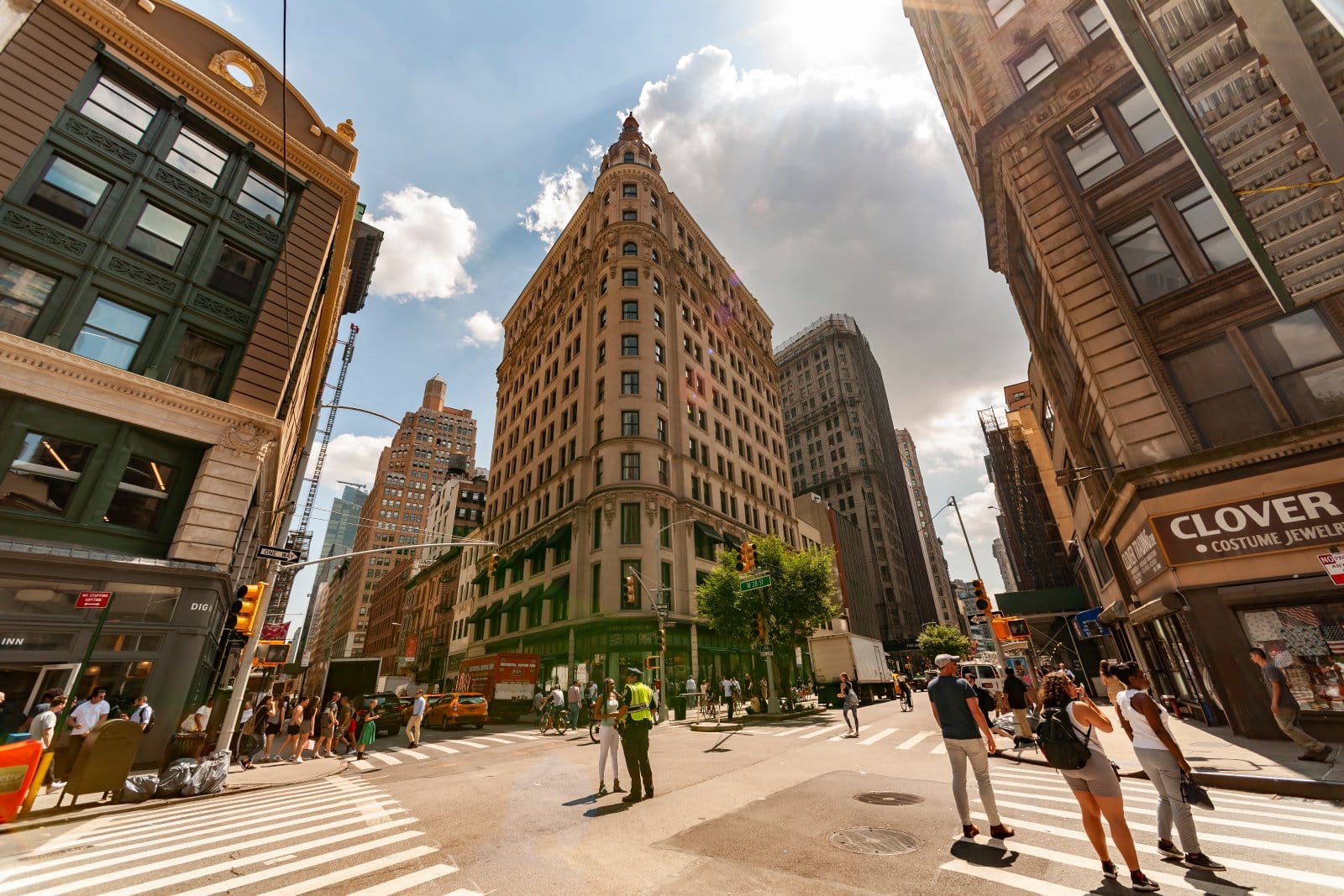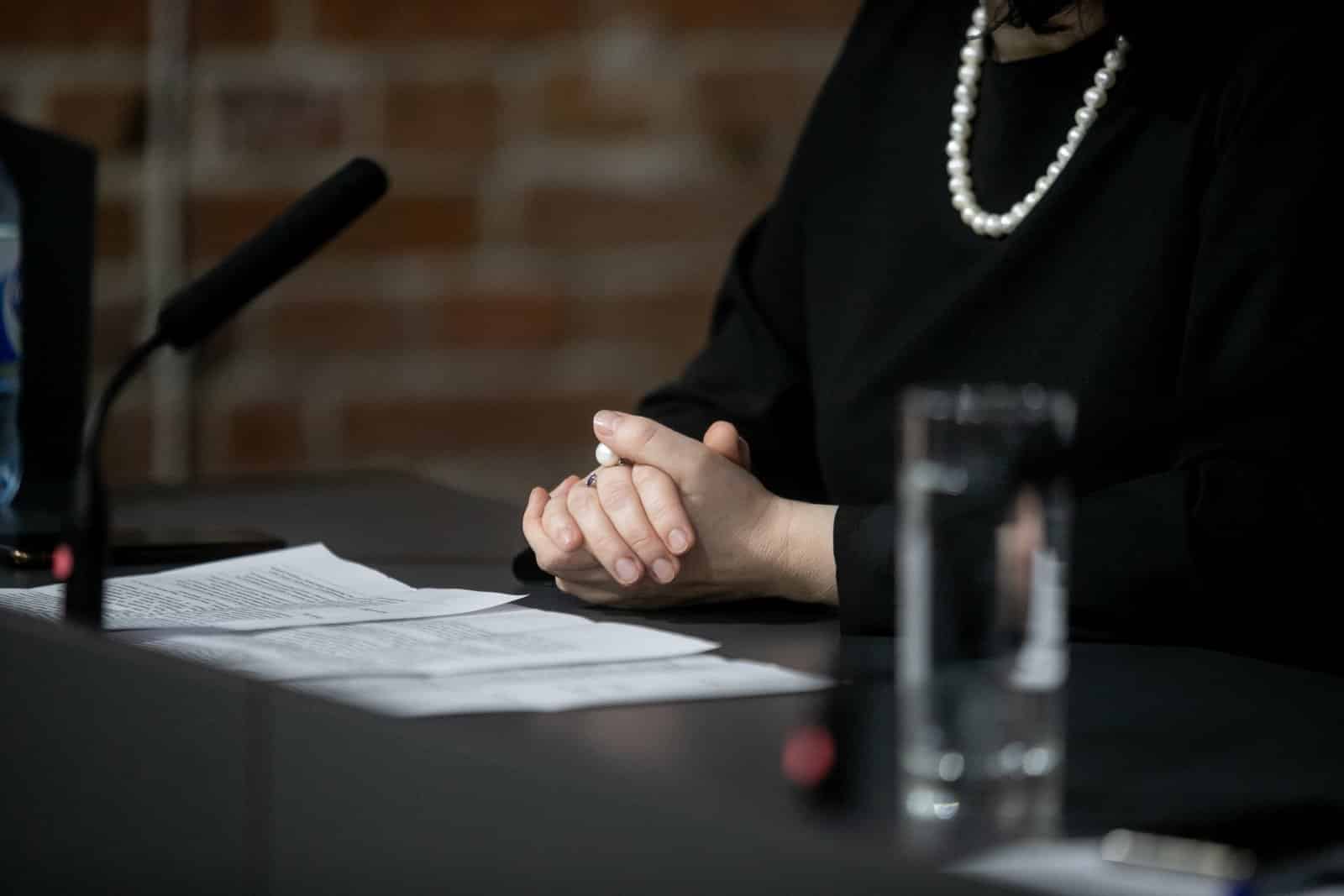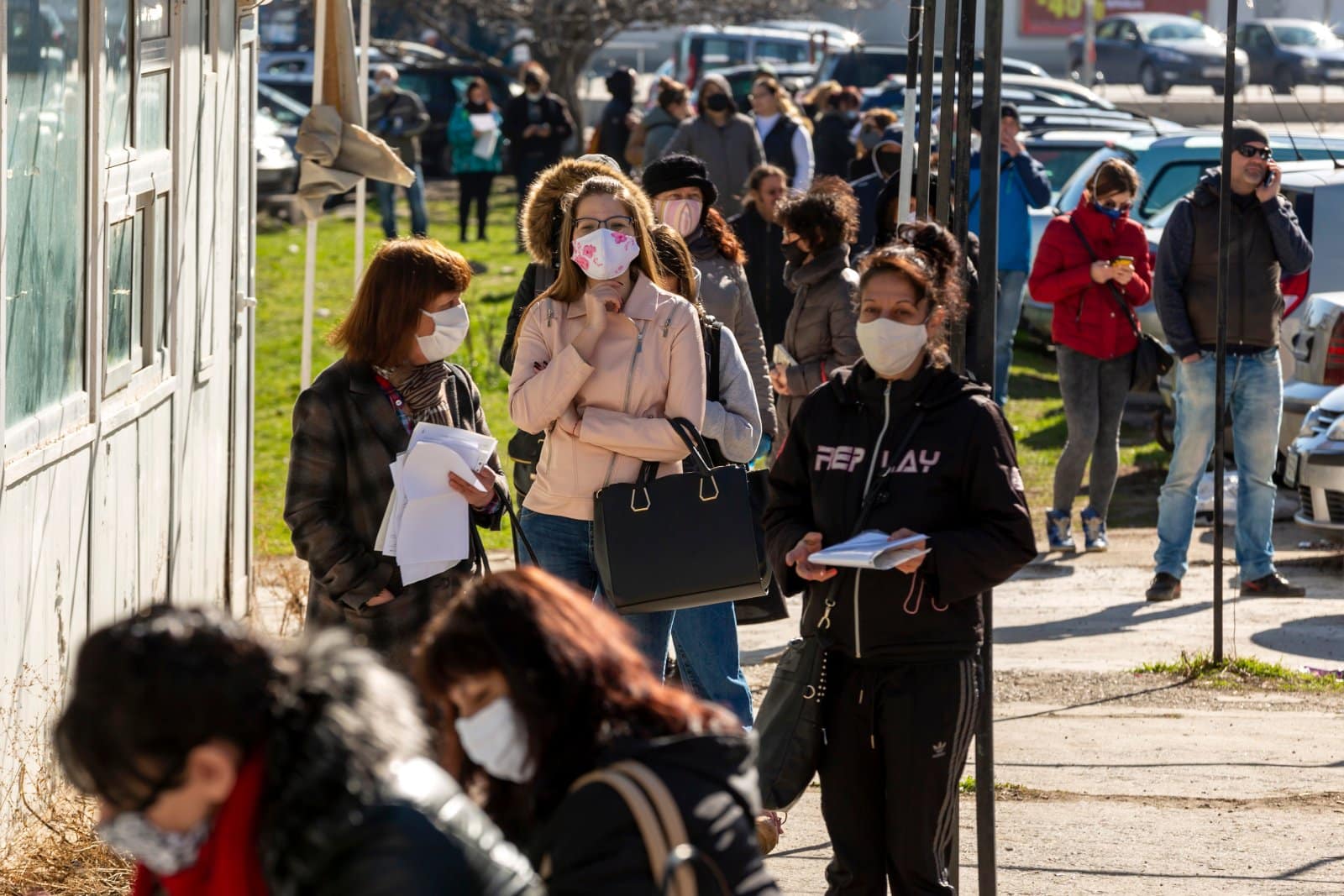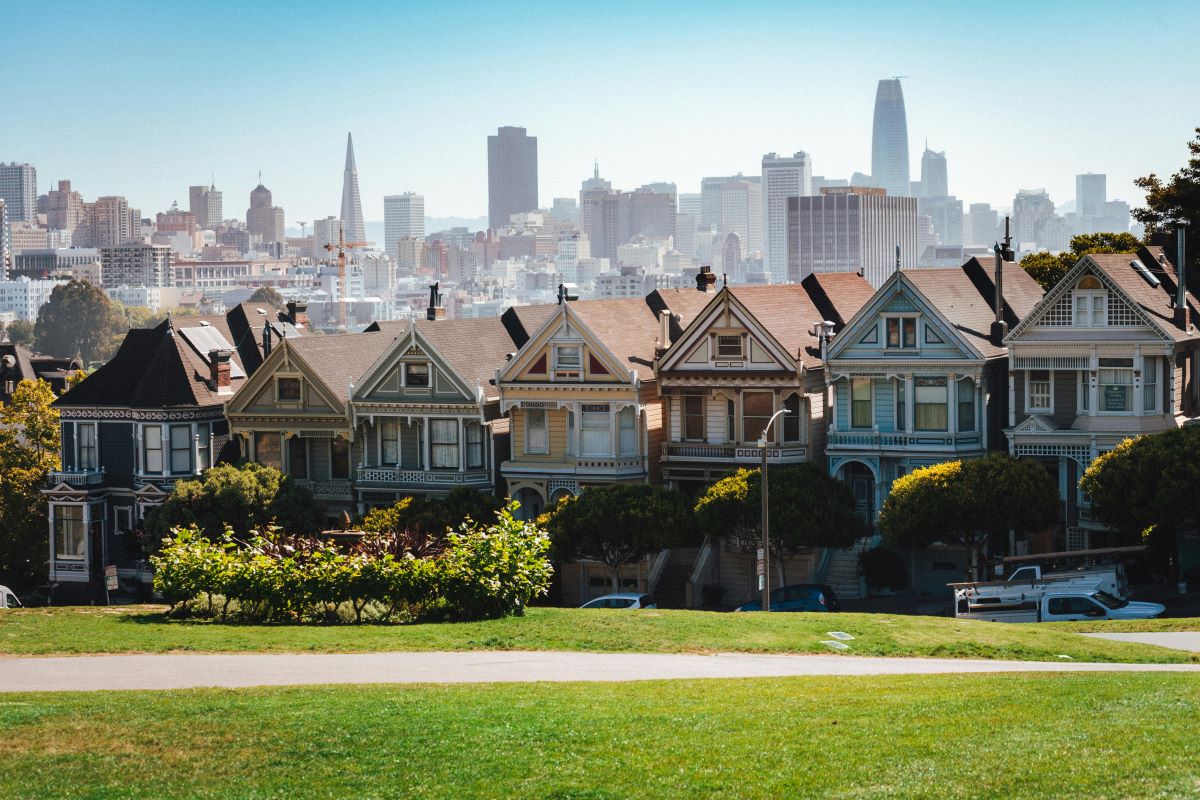As more American households struggle to cover basic expenses, nearly 40% are falling behind on their bills. How did the cost of living spiral so far out of control?
Can’t Afford Bills

According to CNN, nearly 40% of Americans are concerned that they can no longer afford their monthly bills. With the cost of living as high as it’s become, it’s putting consumers in a critical financial state.
Polling Statistics

CNN completed a poll in June 2024 that revealed how the general American public feels about the state of the economy. These statistics spanned three years.
Cut Back On Extras

The CNN polls suggest that as many as 69% of individuals and families cut back on extra spending in 2024, June. Compared to 2023, May 2022, only 63% said they needed to cut back.
Changed Grocery Regulars To Fit Budget

American consumers said they had to change what they regularly bought for groceries to help keep within the budget.
Polls on Grocery Change To Fit Budget

In June this year, 68% said they had to do this, while only 31% said it wasn’t necessary. Compared to 2021 December, it was almost a 50/50 split where 54% had to, and 46% said it wasn’t required.
Driving Less

According to the poll in 2024 June, as many as 41% of American consumers are using their private transport to get around or commute to and from work. Cutting back on how much they drove their vehicles was an effort to save money.
More Credit

Americans struggle to keep up, and 37% admitted to taking on more credit to survive from month to month. 63% of individuals said it wasn’t necessary and could manage without additional credit to their name.
Statistics Affect Minority Groups

CNN reported that the majority of people who said it has become hard to survive and fear they cannot pay bills are Latin Americans and African Americans. Reports say 52% are Latin Americans and 46% are Black Americans.
Less Than $50K per Year

Many Americans earning around $4,000 a month also struggle with monthly costs, fearing they cannot pay their bills.
Stats Only Show So Much

Some show a positively cooling economy, but the effects are not felt amongst the consumers, who are the main drivers of the GDP.
From the Fed

Jerome Powell, the U.S. Federal Reserve Bank Chair, told Morning Star, “Conditions have returned to aout where they stood on the eve of the pandemic, strong, but not overheated,” he said.
“Stall Speed”

“Stall speed” refers to a very slow economic growth rate. In the U.S., the economy is growing by 2%. U.S. Bank Wealth Management’s senior investment strategy director, Rob Hayworth, called the economy’s growth “stall speed.” The rate at which consumers spend may be slow, but it’s consistent.
Less Than Last Year

Compared to last year, the U.S. Bank pointed out the Bureau of Economic Analysis’ findings, which showed that the first quarter of consumer spending was slow but present. In 2023, the growth was faster in the fourth quarter.
Massive Insurances

A CDC analyst, Angela Russell, told CNN that she, too, struggles to keep up with costs. She mentioned that “everything has gone up” from clothing to insurance.
Moving to an Affordable Place

Russell told CNN that she moved from her rental based in Cincinnati to a rural area because the rentals were more affordable.
Americans Move… Alot

An article published by NASDAQ last December said the average U.S. citizen could move about six times between the ages 18 and 45.
Why Do Americans Relocate So Often?

People move for many reasons, including being closer to their work, upsizing and downsizing, and for better rentals or house costs.
Average American Homes Spend

Moody Analytics shows the average American family can spend around $900 more than they may have spent maintaining house expenses in 2021.
The Pandemic Caused a Lot of Financial Damage

Before the pandemic, people had “more” money left over. After that, the country struggled to keep the cost of living afloat.
Still Affected Financially and Some Medically

The unfavorable economic effects resulting from covid continue to hurt many consumers’ affordability to this day. Some direct impacts include loss of income and the inability to work because of long-term illness or job scarcity.
Alarming Rise of Long Covid

CDC data estimated that 18 million people in America are suffering from long-term illness, according to The Guardian. The effects can be debilitating for some; for others, it hampers their work and daily productivity.
Millennials Are Over It: 25 Reasons Woke Culture Is Losing Its Charm

Has the push for progress tipped too far into preachiness? Here’s why many Millennials might think so. Millennials Are Over It: 25 Reasons Woke Culture Is Losing Its Charm
Is It Time Boomers Paid the Price for America’s Economic Inequality?

The American Dream feels more elusive than ever, especially for younger generations. What was once achievable through hard work now faces significant hurdles, from skyrocketing college costs to the challenging pursuit of homeownership. Here’s a look at why it’s tougher for Millennials and Gen Z compared to Baby Boomers. Is It Time Boomers Paid the Price for America’s Economic Inequality?
Rent Crash in California: Landlords Scramble as Prices Take a Hit

California’s rental market is taking a nosedive, with major cities seeing huge drops in rent prices. Rent Crash in California: Landlords Scramble as Prices Take a Hit
Featured Image Credit: Shutterstock / Artie Medvedev.
The content of this article is for informational purposes only and does not constitute or replace professional advice.
The images used are for illustrative purposes only and may not represent the actual people or places mentioned in the article.
For transparency, this content was partly developed with AI assistance and carefully curated by an experienced editor to be informative and ensure accuracy.




